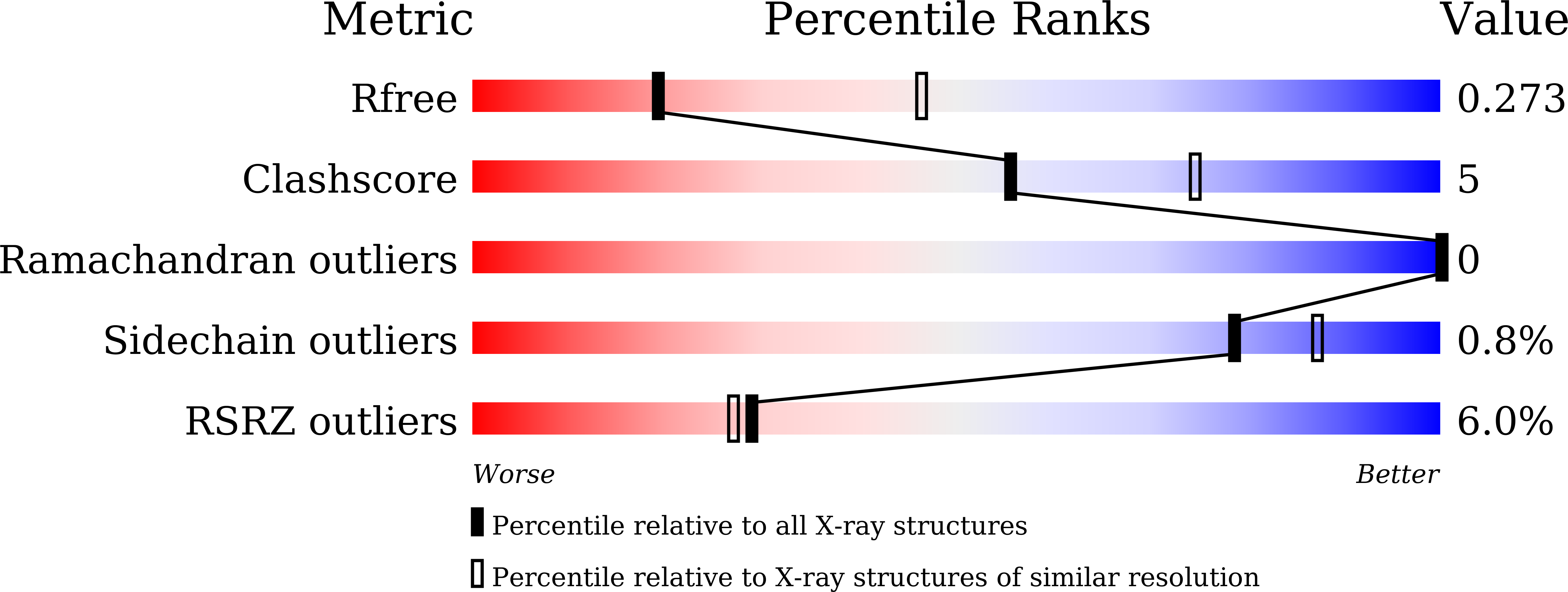
Deposition Date
2023-12-18
Release Date
2024-12-18
Last Version Date
2025-05-28
Entry Detail
Biological Source:
Source Organism:
Haloquadratum walsbyi DSM 16790 (Taxon ID: 362976)
Host Organism:
Method Details:
Experimental Method:
Resolution:
2.94 Å
R-Value Free:
0.27
R-Value Work:
0.23
R-Value Observed:
0.24
Space Group:
P 1 21 1


